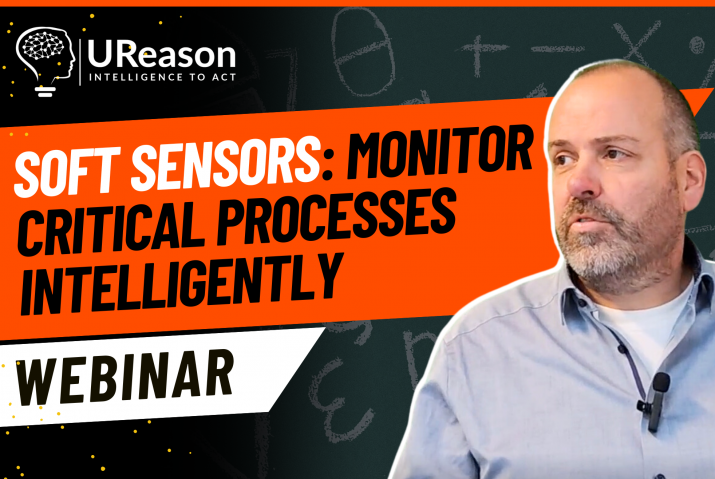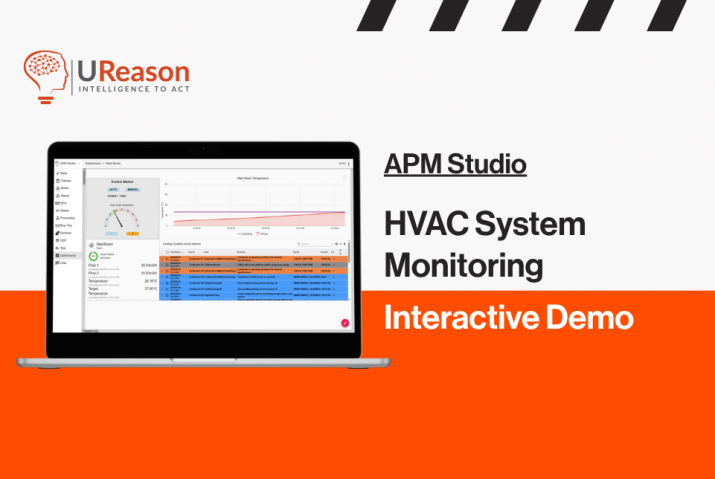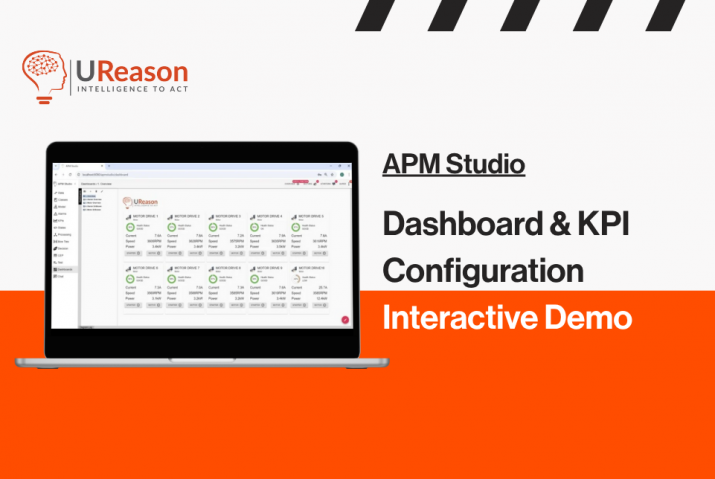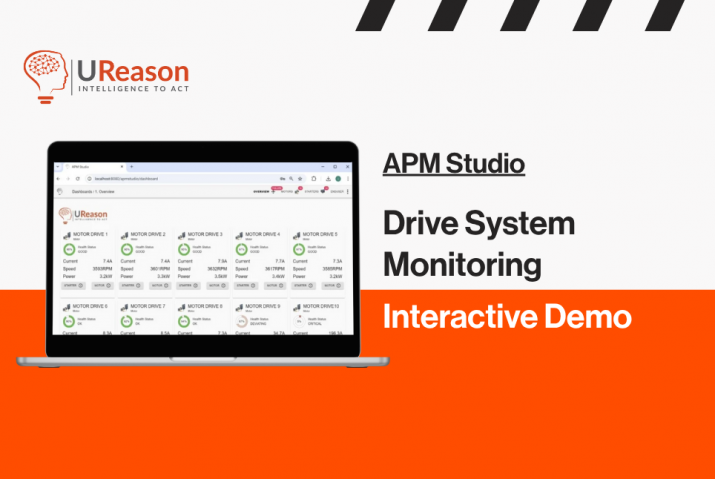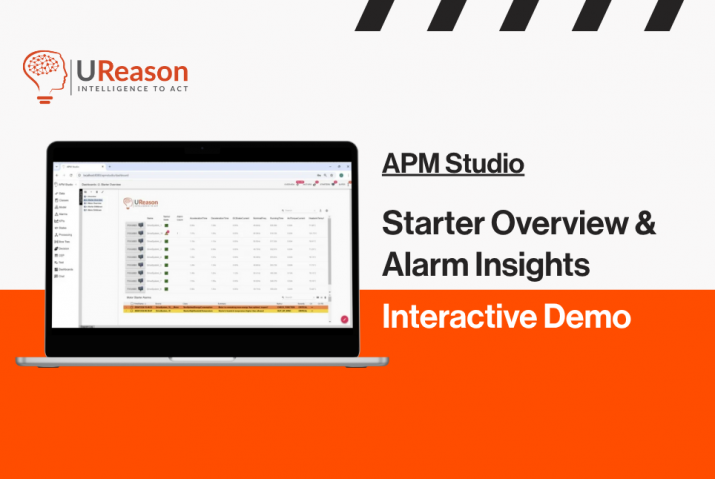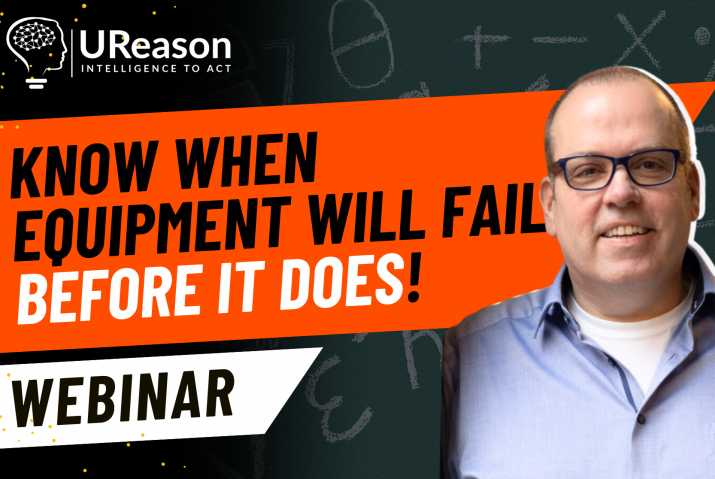Many of the world’s largest manufacturing and processing companies have hired consultants and spent a great deal of money trying to “digitalize” themselves. Some of that money has produced a return, but much of it hasn’t. Very large companies have the money to spend just to see if something works. Many small and medium sized companies don’t have the money to throw at a possibility of return that isn’t guaranteed.
Even divisions of some of those very large companies are, as we might say, funding-challenged. While the central engineering departments, and the central IT departments, and other larger departments may have funding for Industry 4.0 experiments, your division may not. So how do you get any of the benefits that “digitalization” and Industry 4.0 can provide?

If you are a small to medium sized business or division of a larger corporation, don’t start by hiring consultants. Don’t go straight to your control system vendor who also has lots of great IIoT and Industry 4.0 ideas you can spend money on.
Let’s call it Practical Industry 4.0. Some of the great “digitalization” discoveries really are things you already know, or that you would know if you thought about them. Look around your plant and make a list of all the things causing unplanned shutdowns that you know. You and your operators and maintenance staff are very much in touch with the pulsebeat of your plant. If your plant is like most, you already have a list of “bad actors” that you know cause trouble and forced shutdowns. You run your plant by means of control loops. If something in that control loop causes problems, you need to repair it, and quickly.
The real disconnect in Industry 4.0 is that the problems and solutions are not well aligned with the theory. You don’t need a graduate course in Industry 4.0 to identify your problem children in the process—your “bad actors” point themselves out every time they fail and cause an unplanned shutdown. They are the ones that are prone to failure, prone to causing problems, and prone to fail more frequently than other devices.

The most common list of “bad actors” usually has lots of control valves on it. Control valves are the final control element in the control loop. They must operate correctly in order to make the loop work. What happens if they don’t? They cause problems up to and including complete shutdown of the unit or plant. What are the parts of control valves that cause problems? Actuators and valve trim are the parts that move, and the parts that cause problems. You need to pull maintenance on control valves before they fail, but how do you know?
Many control valves operate for years, even decades, without failure. They can be maintained by doing scheduled maintenance at shutdowns or turnovers. It’s the ones that fail unexpectedly that give you problems. But it is the same set of valves that fail “unexpectedly” over and over. You probably have a list of them already. And you probably have boxes full of the spare parts you need to fix them over and over, too. These are the valves that cost you the most in parts, operator and maintenance technician time, and lost production.
This is the knowledge that you need to do some Practical Industry 4.0.
What you need to be able to do is to know when any one of these valve “bad actors” is getting ready to fail, before it fails.
You can do that without calling in a consultant team or having to take a contract with your control system or CMMS vendor. There’s an app for that.
Apps first appeared on phones and tablets. They are simple, easy to use, easy to program, and generally inexpensive. They are also safer because they aren’t huge conglomerations of programs all running together. They can be patched without worrying about the entire control or CMMS system going down. Industrial apps are appearing now.
One of the ones you can use on your “bad actors” is the Control Valve App from UReason. It is simple to use, and it can be operated standalone or with its data feeding the CMMS system you are running. UReason’s Control Valve App (CVA) is based on UReason’s extensive expertise in valves, actuators, and the relevant processes. It uses intelligent models that combine domain knowledge and artificial intelligence (AI) to provide immediate detailed analysis of the process and recommendations for control valves. In the basic app, a PDF report is the output, while the premium version can have an online dashboard and provide job orders in the maintenance management system of the plant.
Check out UReason’s Control Valve App and download the informational brochure.
Download Control Valve App brochure
Get more information about how Control Valve App can optimize your valve maintenance and operations
